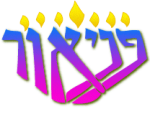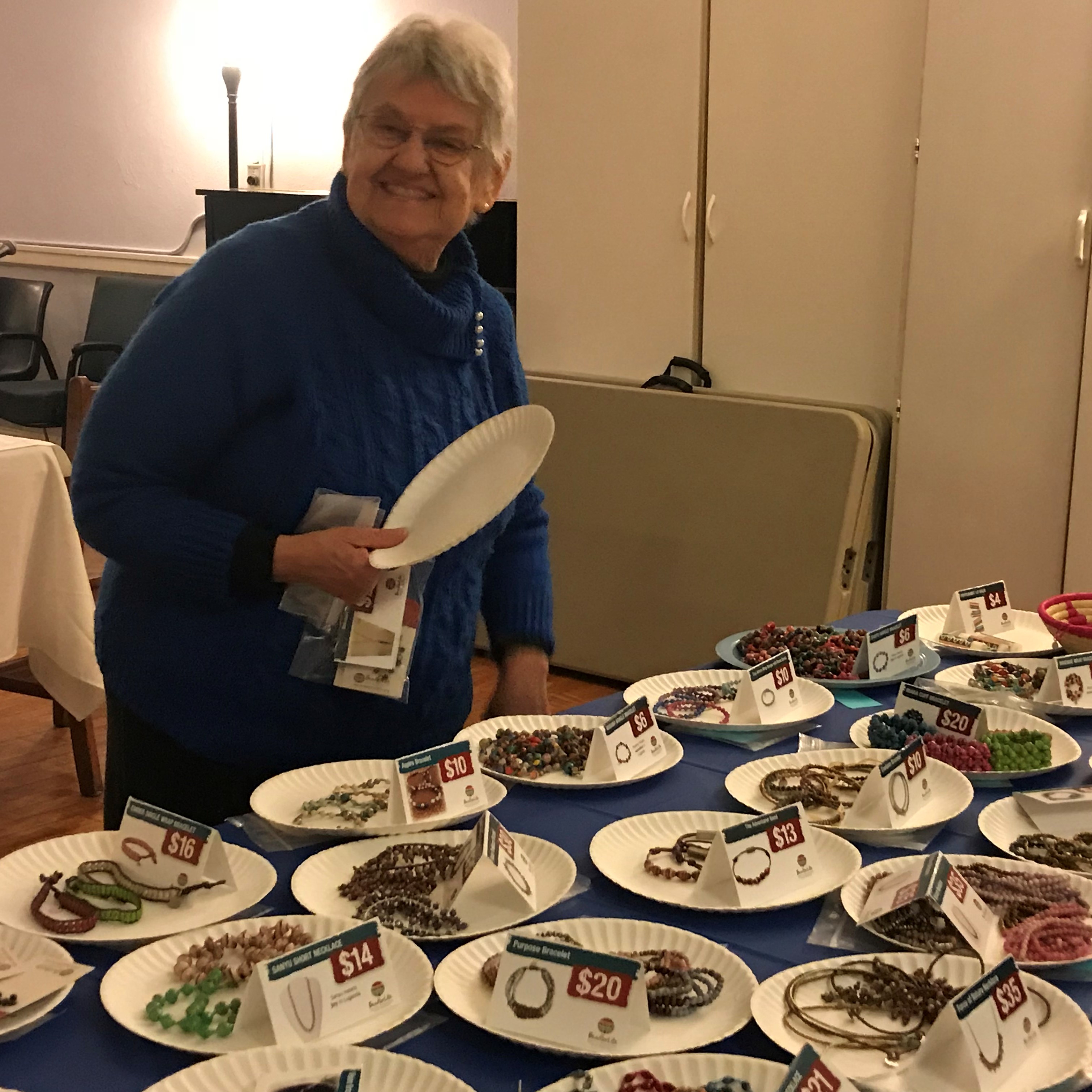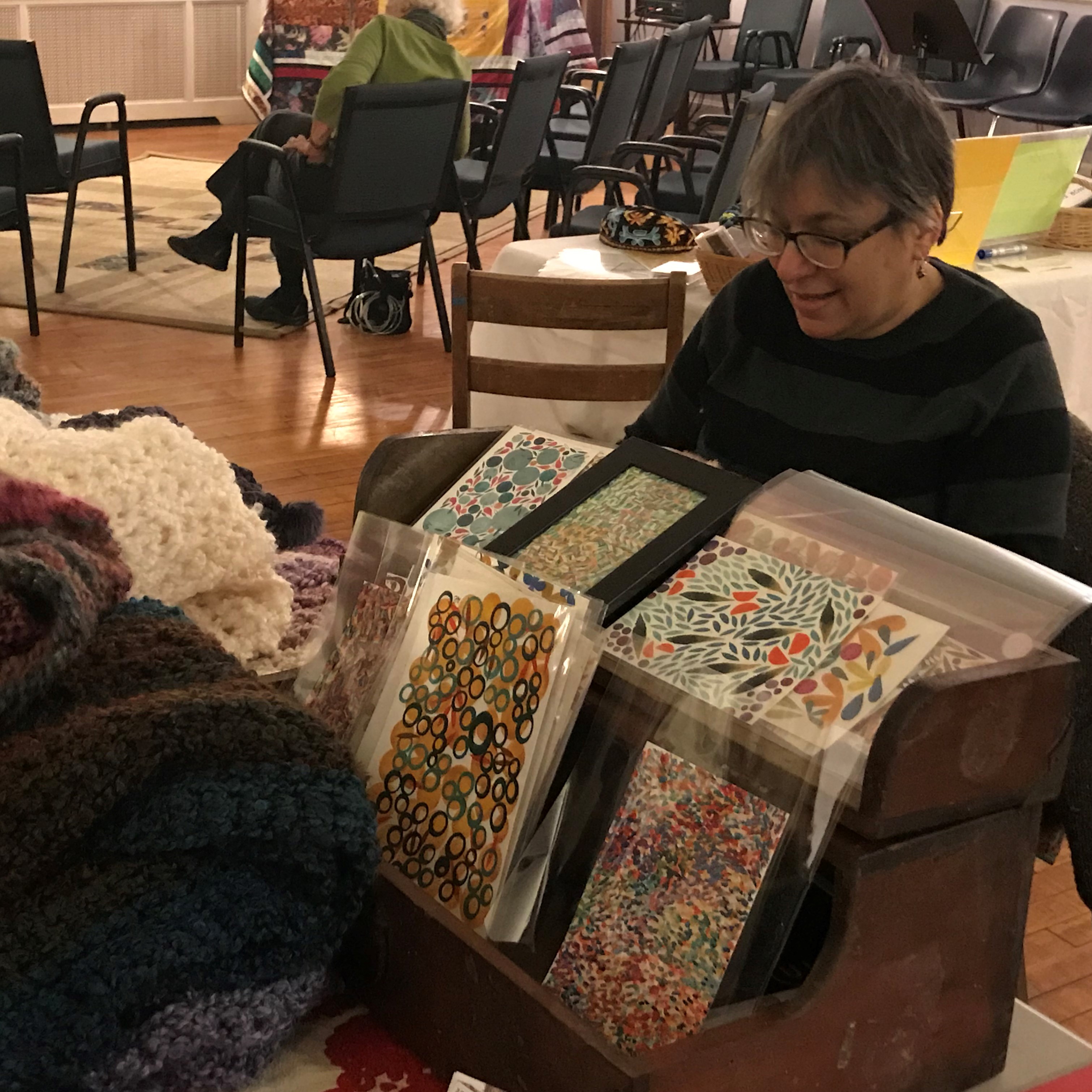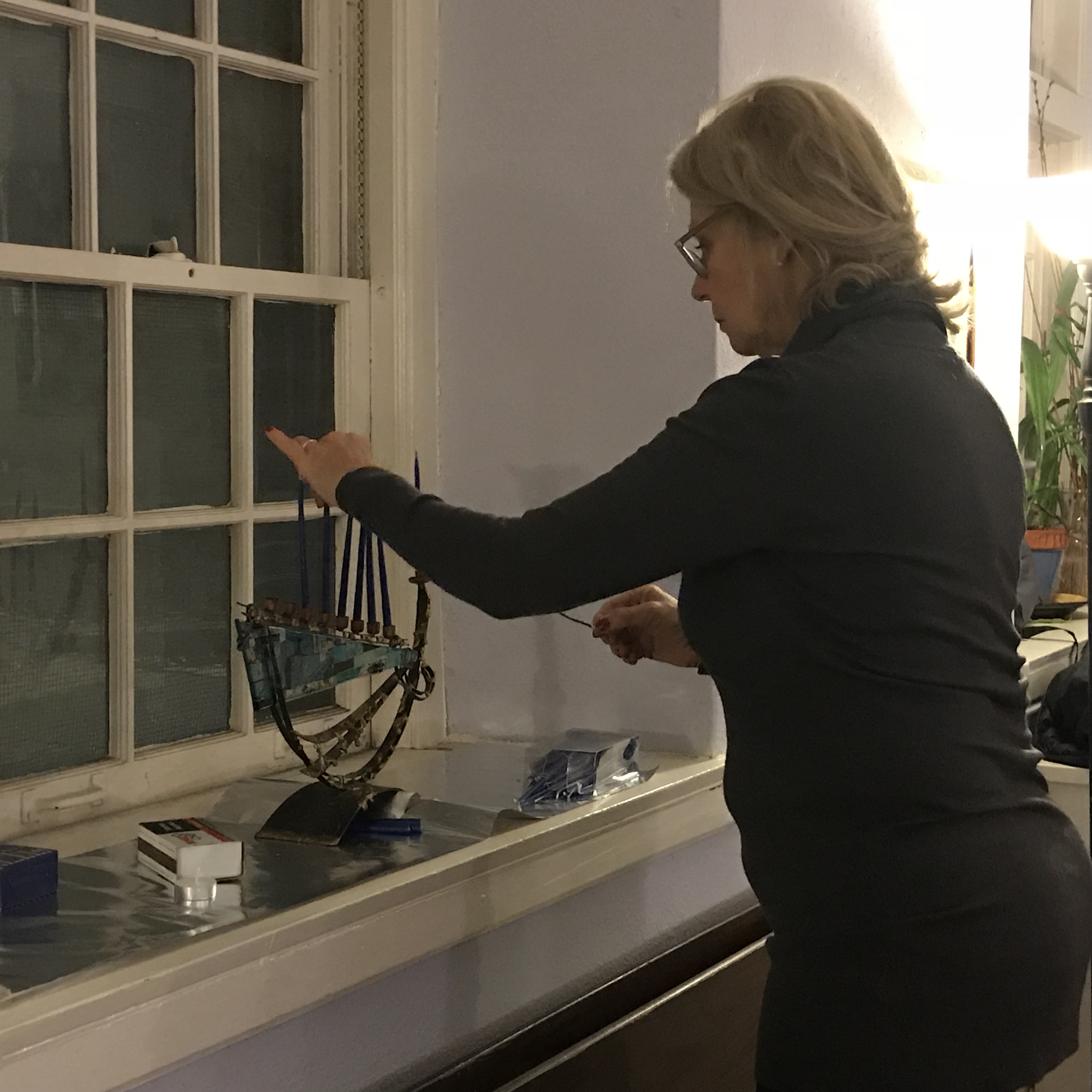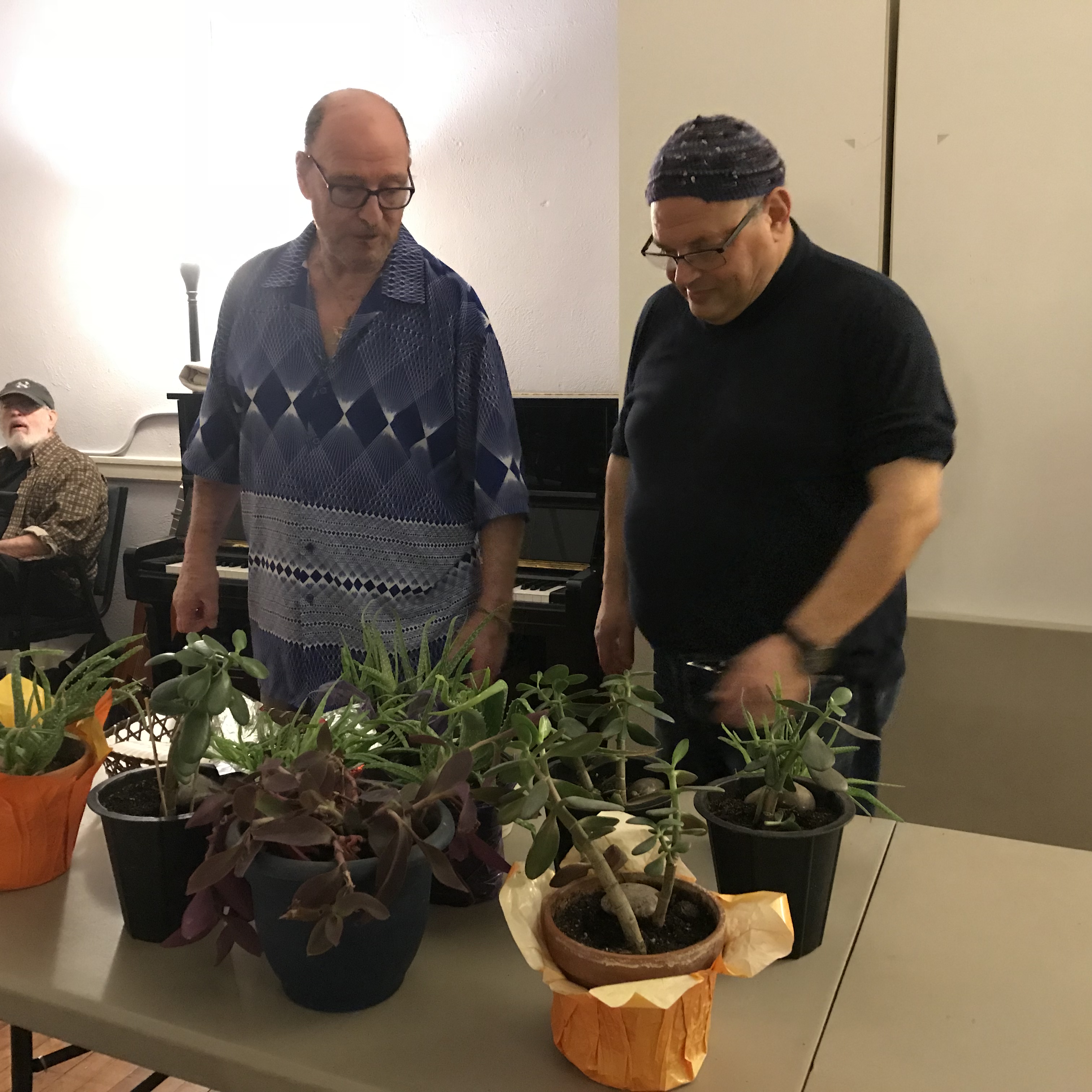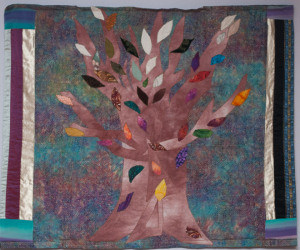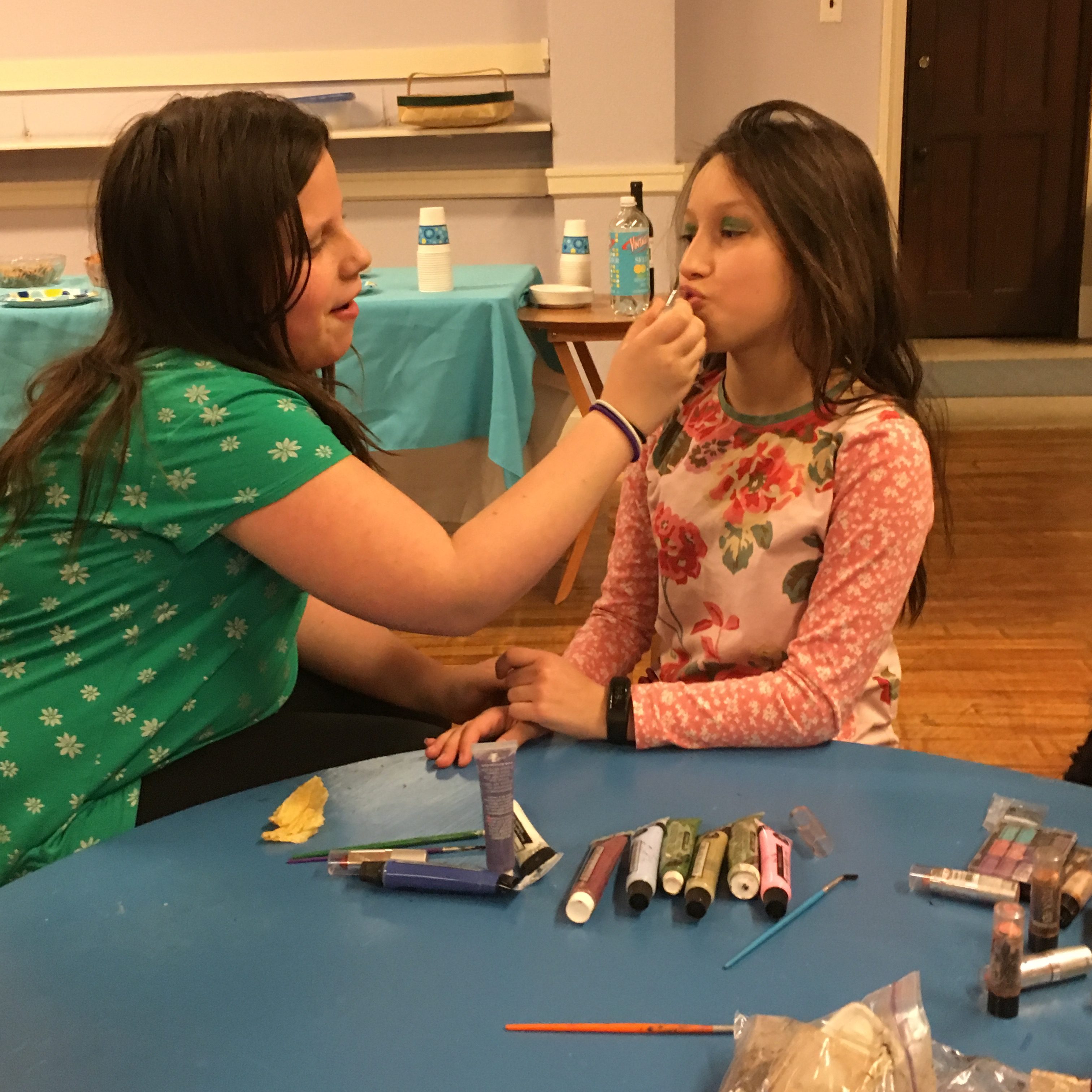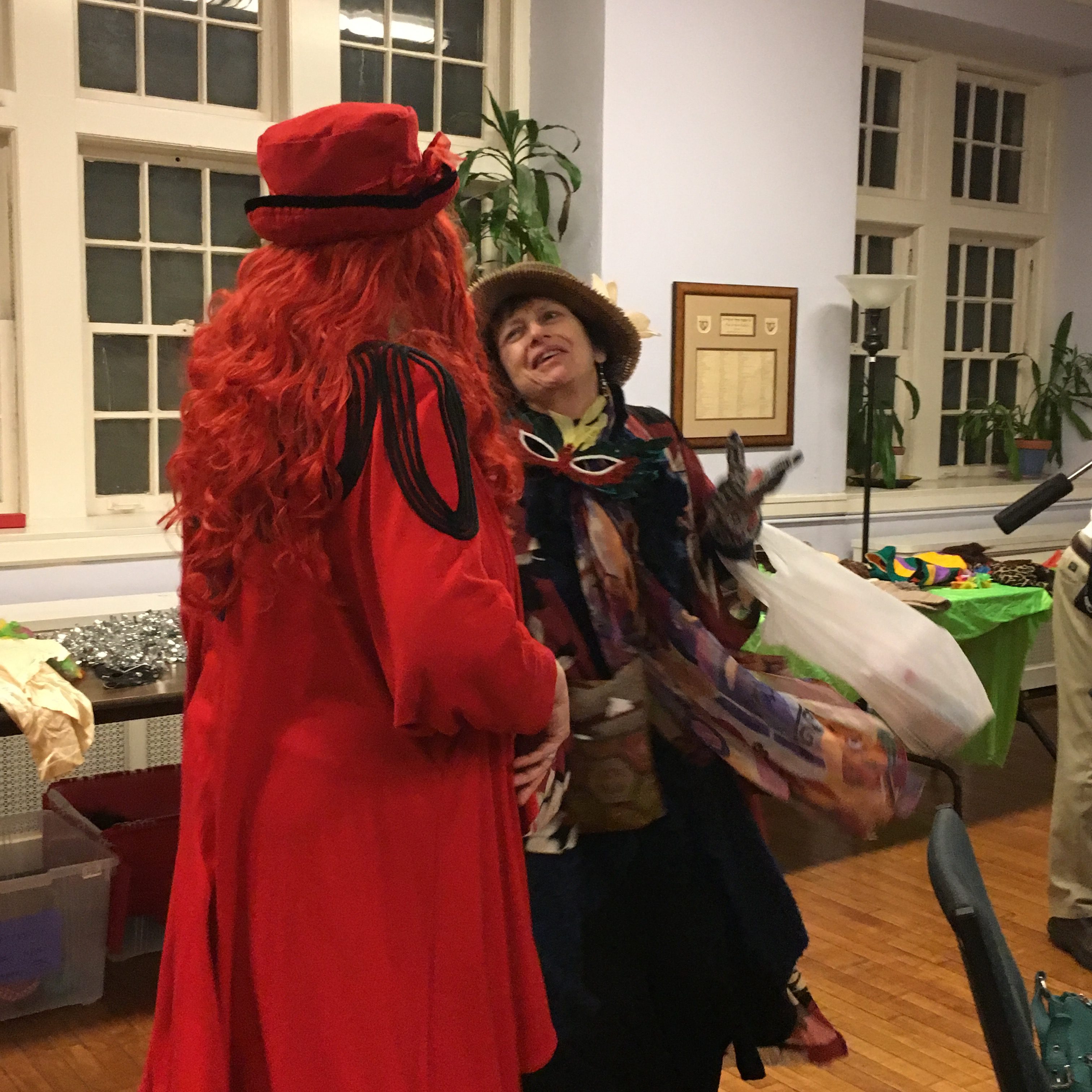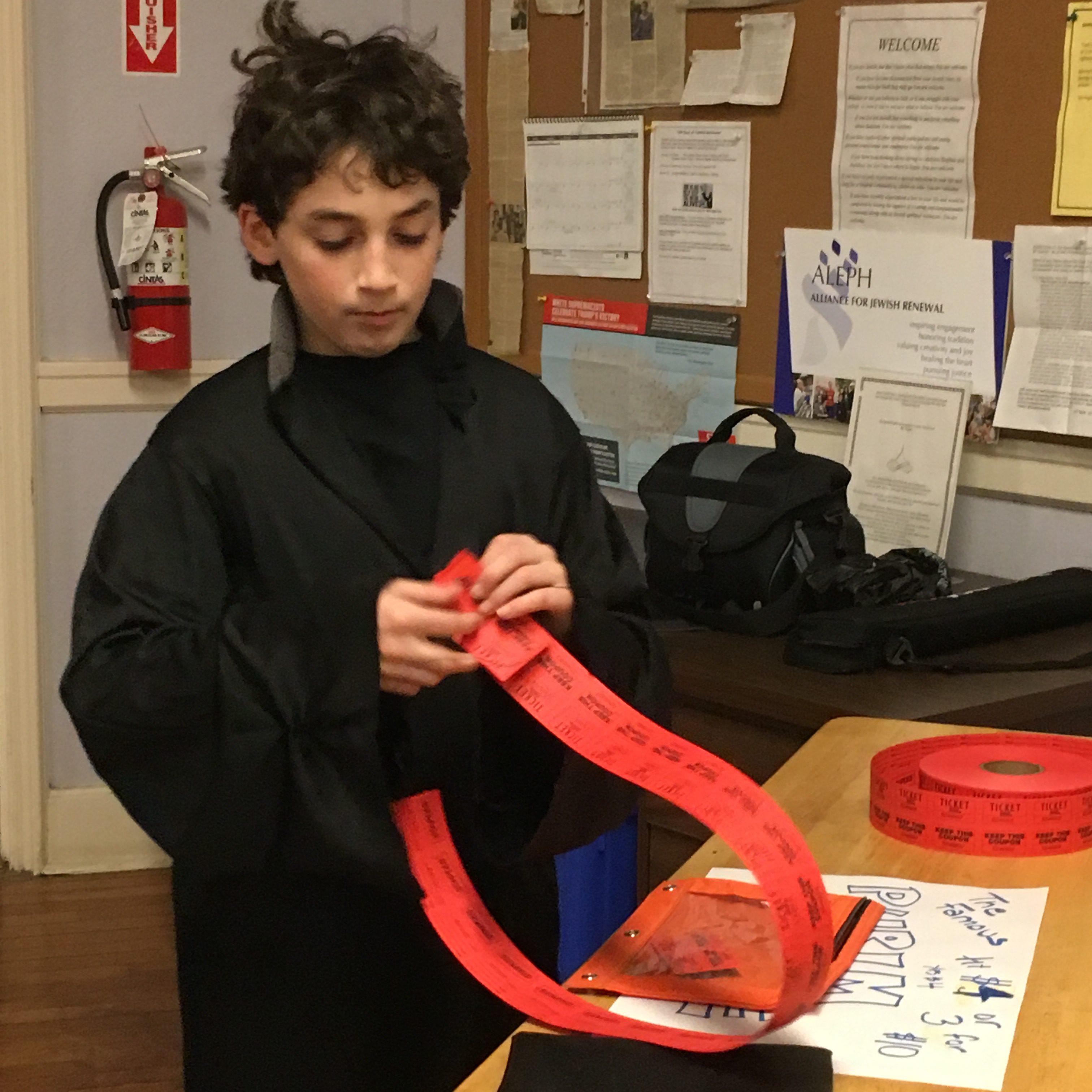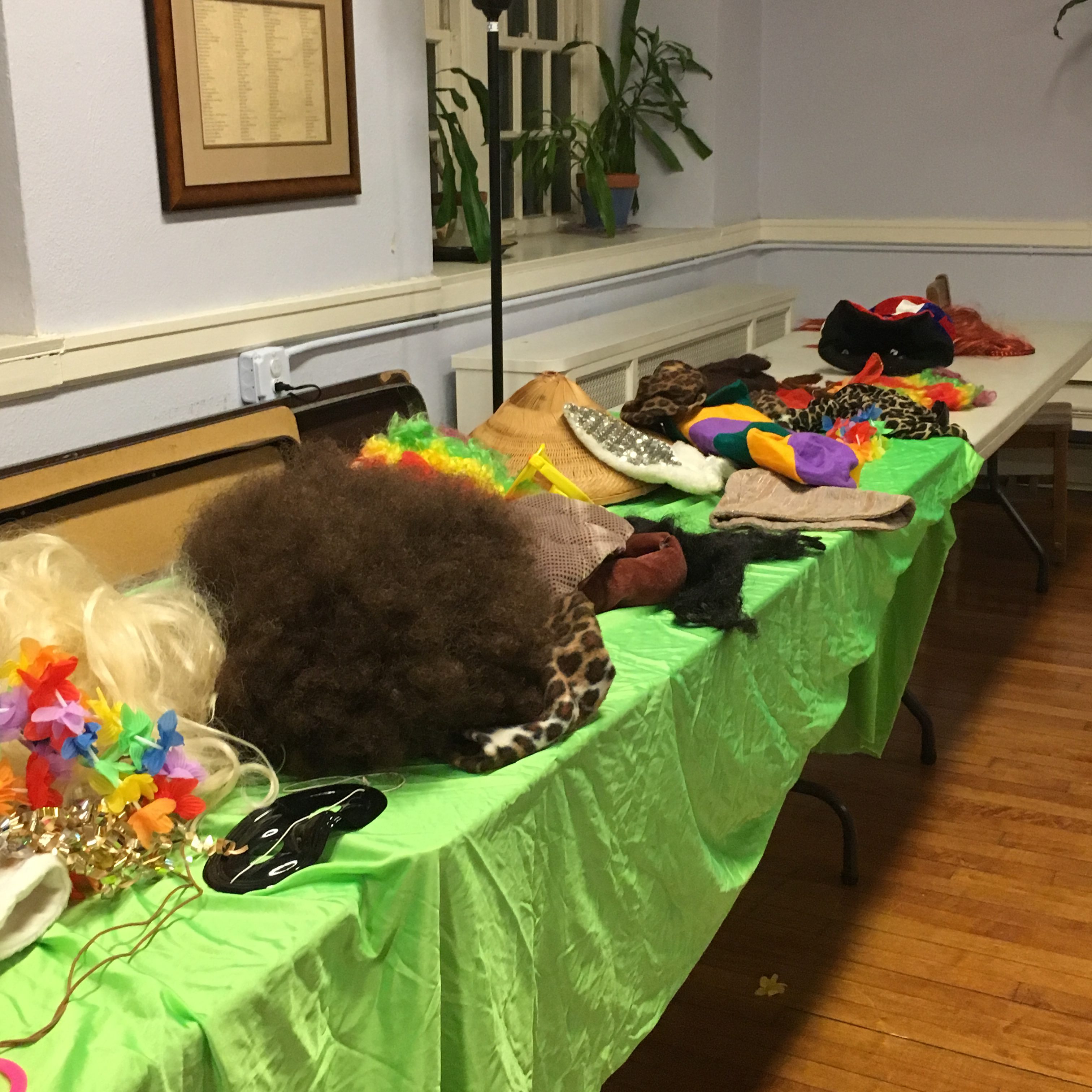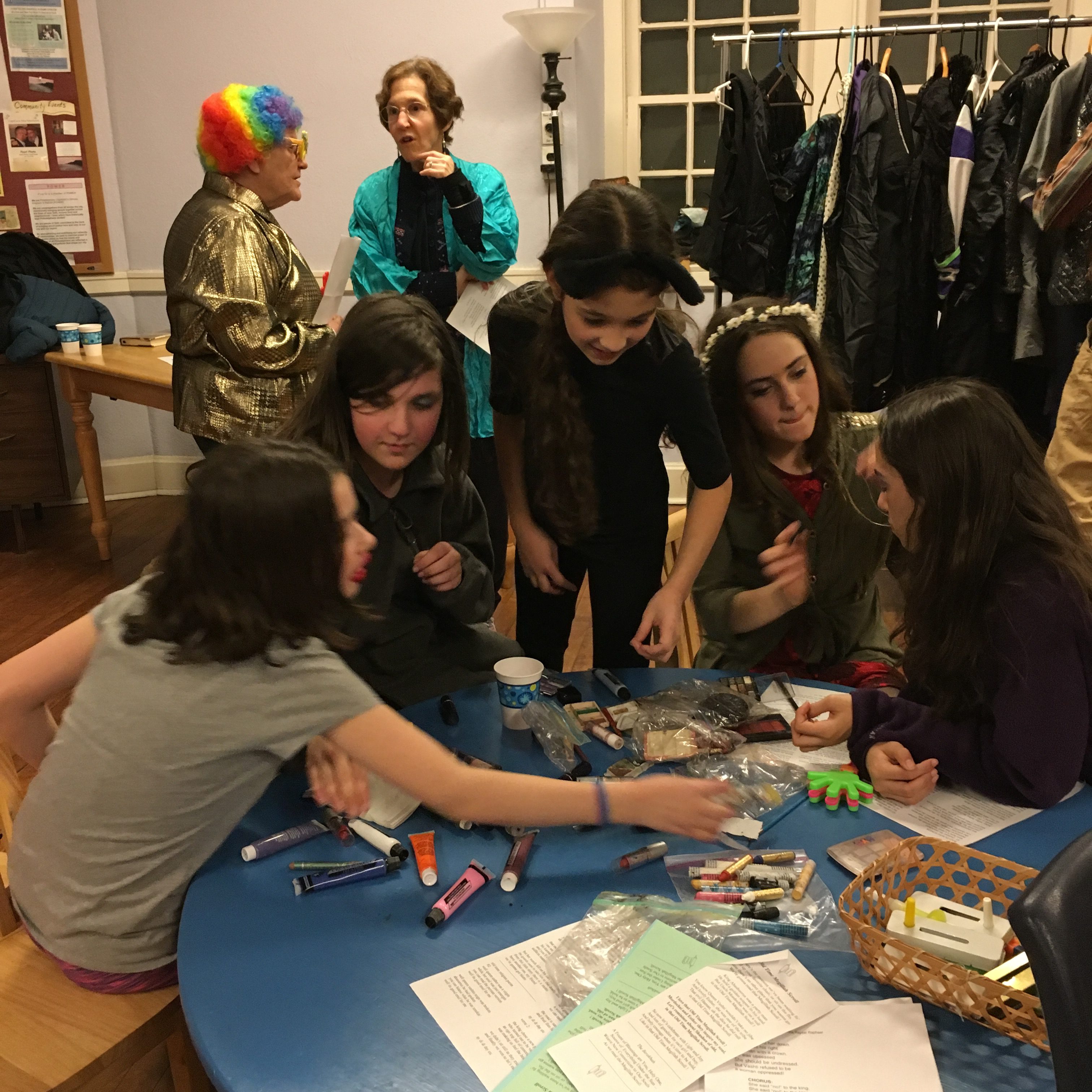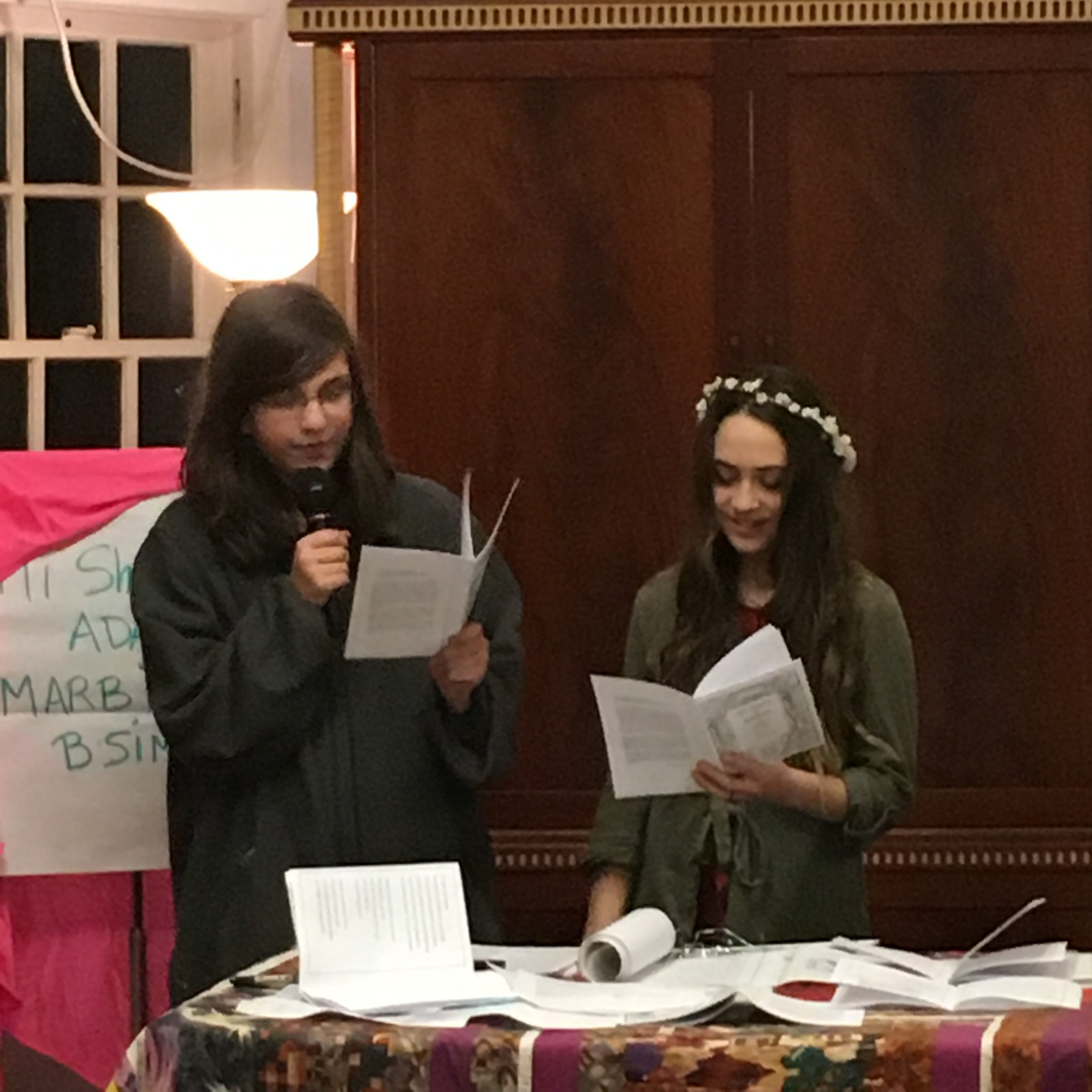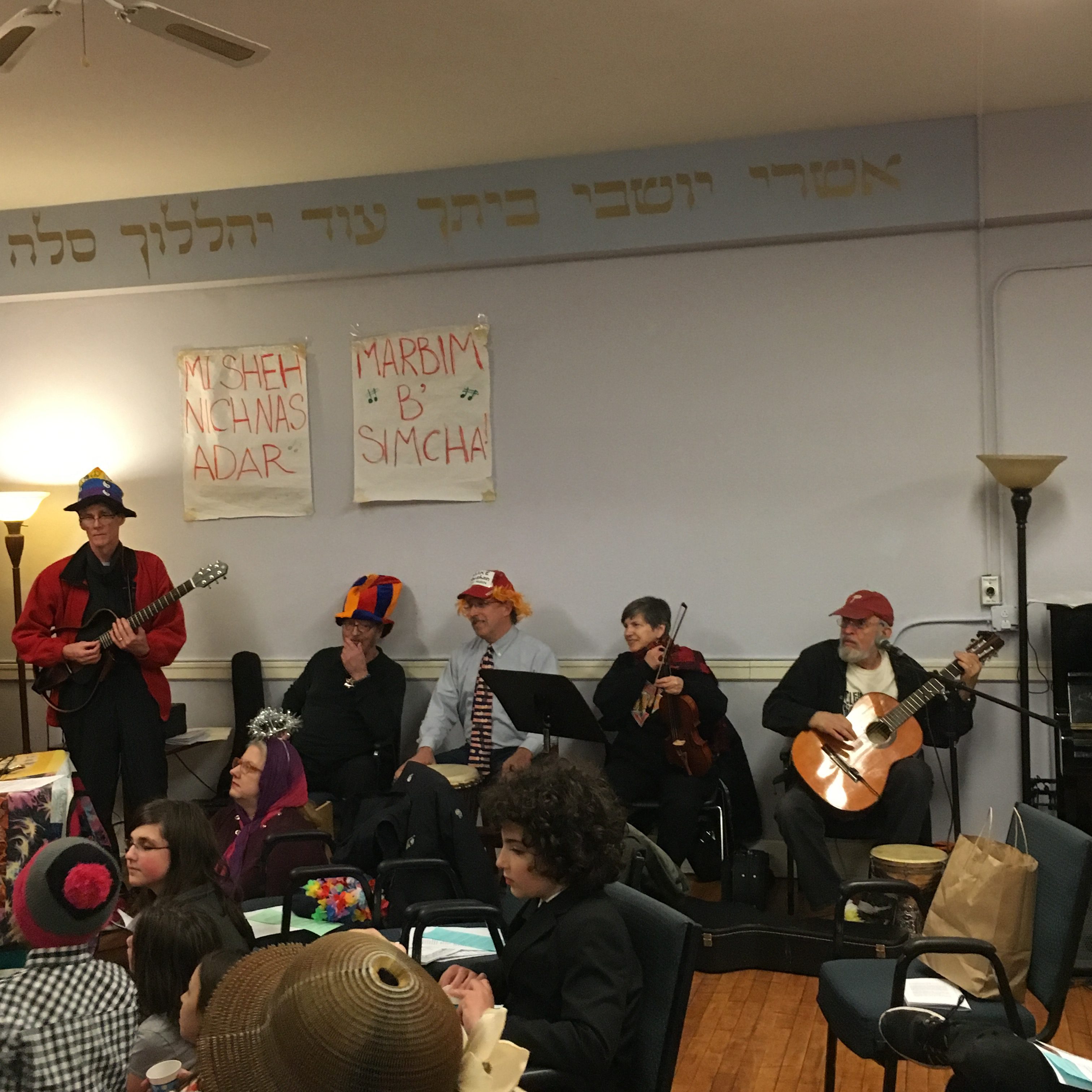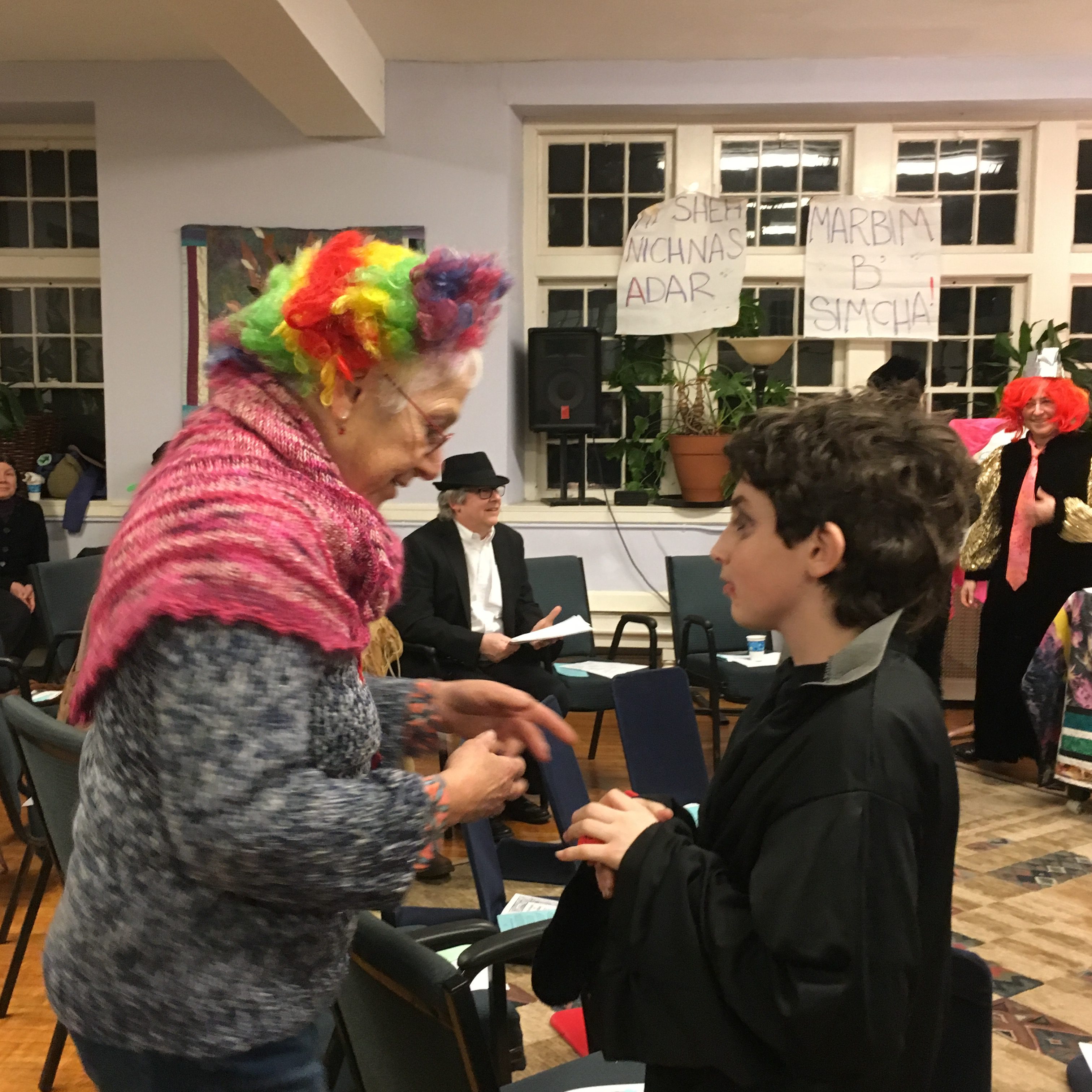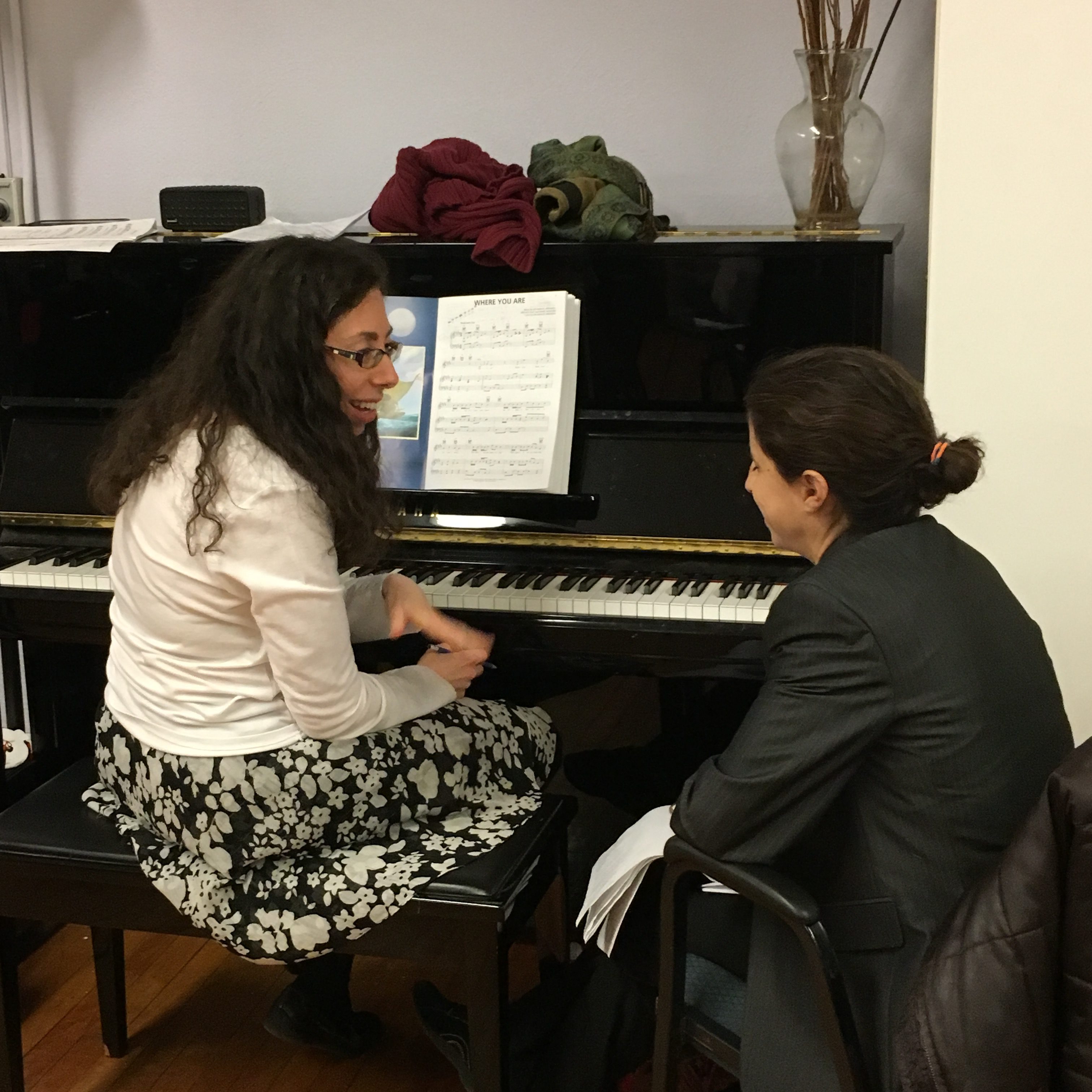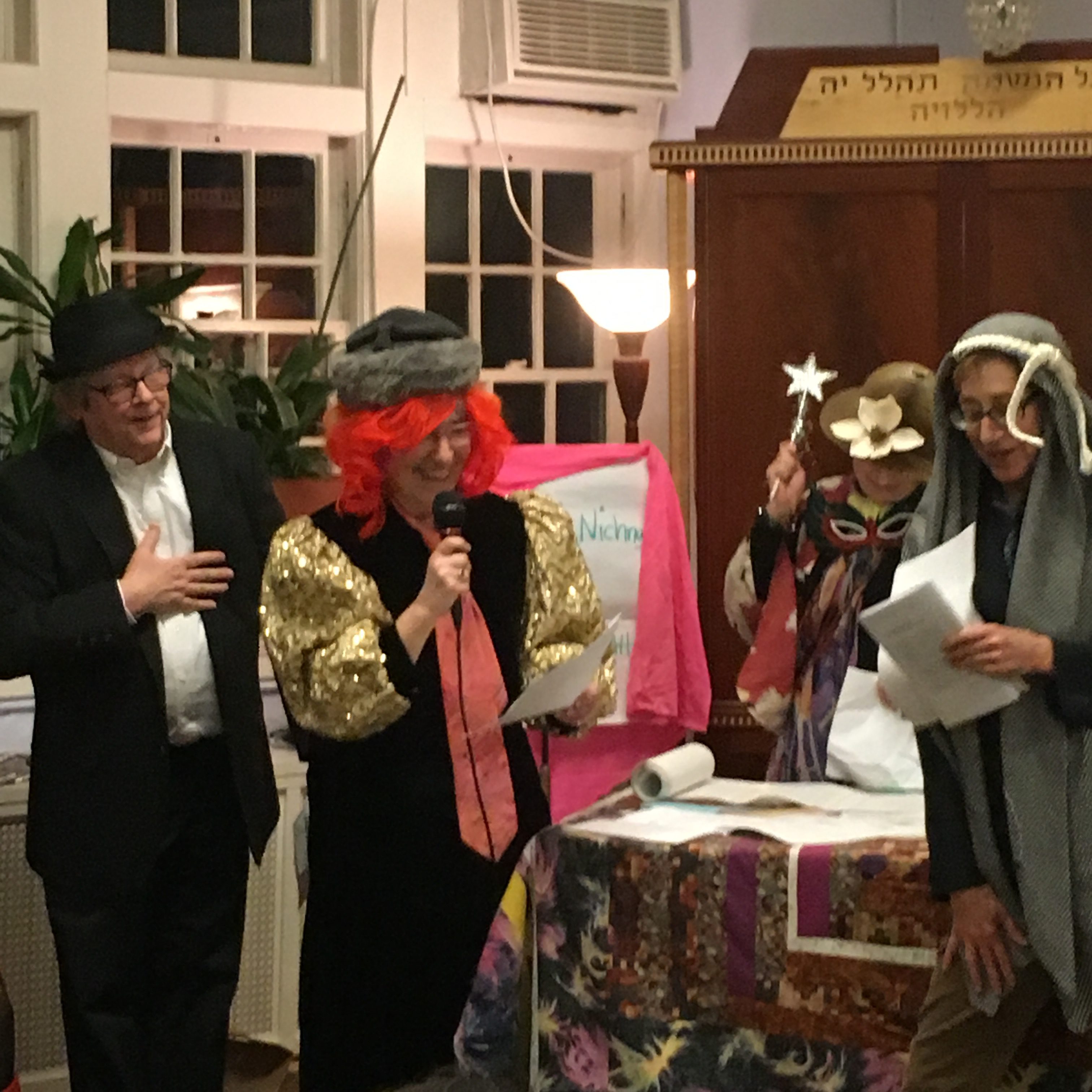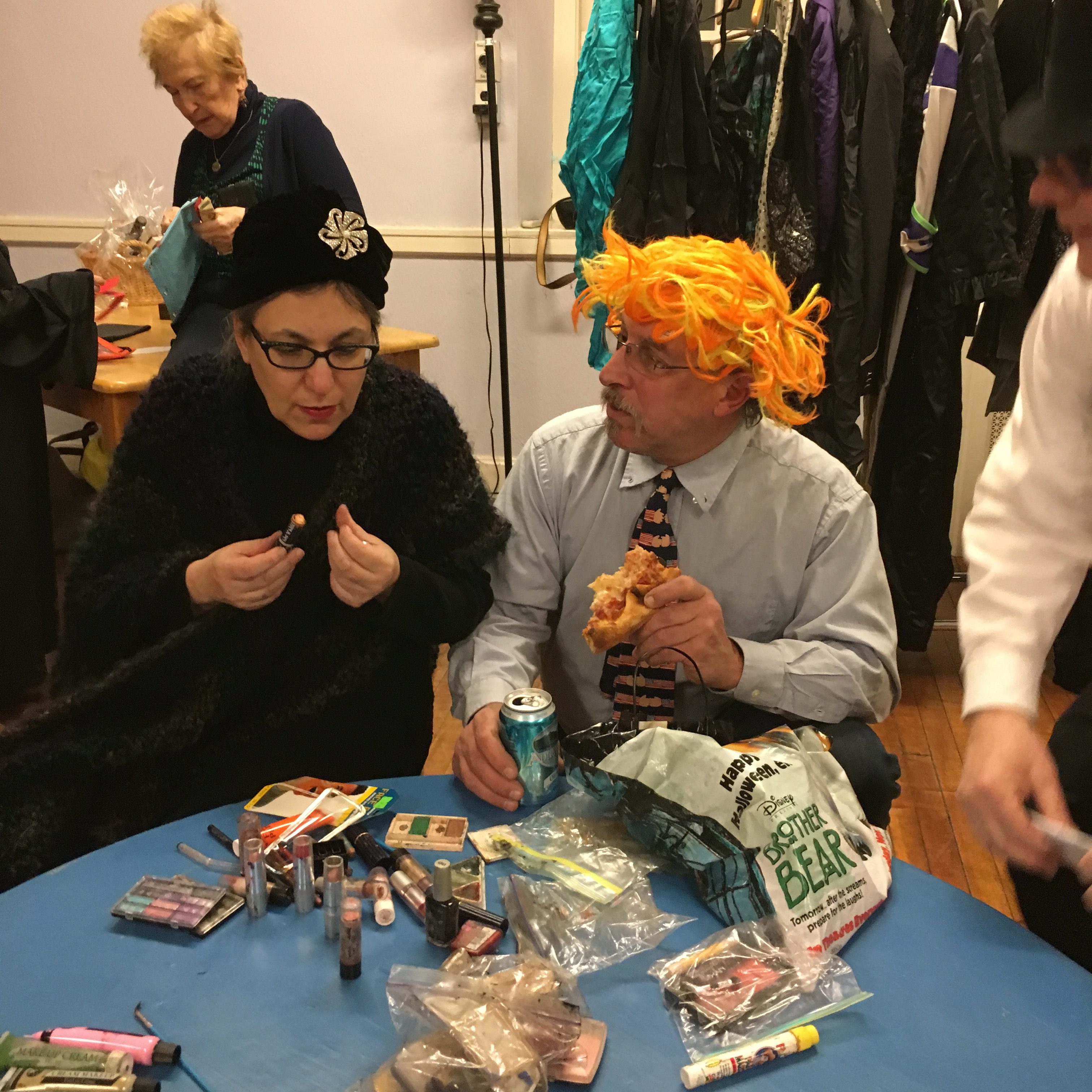Chanukah
These wonderful Chanukah teachings are available for you to open and download:
Chanukah Celebration
- shuk and music
- snacks to share
- candle-lighting and songs –
bring your menorahs/chanukiyot and candles galore!
Our Chanukah celebration is a wonderful event, made even better by the return of our Chanukah Shuk. Our authors have books, musicians their CD’s. We feature handcrafted items and vintage, too, so jewelers, potters, knitters, fine artists.
A colleague asked me if Chanukah and Hannukah were the same holiday. What a wonderful opportunity to talk about English ‘transliteration’ and then to answer her real questions about the celebration.
Tu B’shevat
Tu B’Shevat (15th of the month of Shevat) is the New Year for the Trees, which offers a wintertime opportunity to appreciate the earth and her bounty.
Download the Tu B’Shevat Haggadah.
Although it is still wintery here in the north, the 15th day of the Hebrew month of Shevat is when sap begins to flow in the trees of Eretz Yisrael, the Land of Israel.
Tu B’Shevat offers us many ways to enjoy the fruits of trees, and recommit to taking care of our Earth. The celebration of Tu B’Shevat is both spiritual and practical. Trees and their different kinds of fruit become a metaphor for human beings and our different kinds of spiritual challenges. Tu B’Shevat is a time for re-connecting with Judaism’s ecological wisdom as we rededicate ourselves to taking care of the Earth and all its plants and creatures.
On the Shabbat closest to Tu B;Shevat, whether P’nai Or can host a community seder or not, we love to celebrate by featuring foods and deserts that showcase the nuts and fruits of trees at our potluck lunch.
You can also host your own Tu B’Shevat gathering for your family or friends. Download our Tu b’ Shevat Seder, add and embellish or simplify as needed. So many other varieties of Tu B’Shevat Hagadot are out there too. You can find many new editions to work with.
What to bring
Assorted fruits and nuts sliced and ready to eat in separate bowls with category number clearly marked. You may also bring a bottle of white grape juice and one of regular purple grape juice. White or red kosher wine is fine too.
Group 1 Fruits and nuts with hard outer shells and soft inside such as all kinds of nuts, coconuts, pomegranates, oranges, pineapple, banana, kiwi, grapefruits.
Group 2 Fruits with hard pits insidesuch as: olives, cherries, apricots, apples, peaches, dates, plums, loquats…
Group 3 Fruits that are edible throughout such as strawberry, grapes, figs, raspberries, blueberries, some pears, carob, quince…
Group 4 Special heavenly finger-friendly deserts. Your definition of ecstasy
Purim!
An eye-popping, gragger-twirling, extravanganza for children of all ages, 1-99! Elaborate costumes, homegrown shpiels/plays, and a musical Megillah reading make this annual celebration a spirited beginning to the spring festival.
”How could Purim and Pesach be related?”
Read this enlightening article to find out!
The Months of Spring: Purim to Pesach
